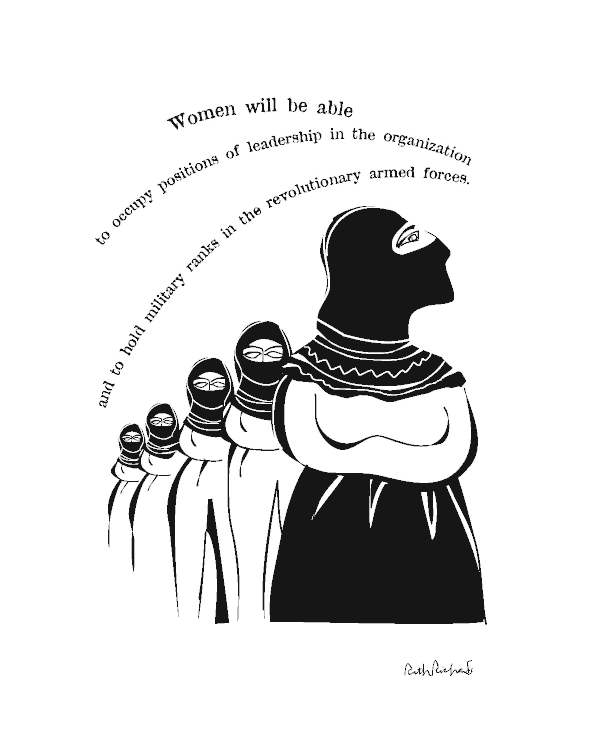- Kwame Dawes
- Posted On
American Life in Poetry: Tough Day: Closure

Albert Goldbarth’s imagination has the unique penchant for a certain absurdist insistence on the delight we can derive from strangeness.
The poet hears his wife singing and thinks of a horse’s skull. This seems like a prelude to intimations of mortality (the poem’s title is, after all, “Tough Day: Closure”), but then, what happens is not quite humor, but dogged joy, “as if the brain/ is determined to sing and fly.”
And the image that stays with me is this one, a bird rising out of a horse’s skull.
Tough Day: Closure
By Albert Goldbarth
Upstairs, in the bath, my wife
is humming some made-up tune
in which the mood of a zoned-out
happiness willfully prevails.
Why do I suddenly think of the horse skull
that I saw last year in the countryside?
Because a bird rose out of it,
as if the brain
is determined to sing and fly,
the brain is determined to sing and fly
no matter what.
American Life in Poetry does not accept unsolicited manuscripts. It is made possible by The Poetry Foundation, publisher of Poetry magazine. It is also supported by the Department of English at the University of Nebraska-Lincoln. Poem copyright ©2021 by Albert Goldbrath, “Tough Day: Closure” from Other Worlds, (University of Pittsburgh Press, 2021). Poem reprinted by permission of the author and the publisher. Introduction copyright ©2021 by The Poetry Foundation. The introduction’s author, Kwame Dawes, is George W. Holmes Professor of English and Glenna Luschei Editor of Prairie Schooner at the University of Nebraska.









